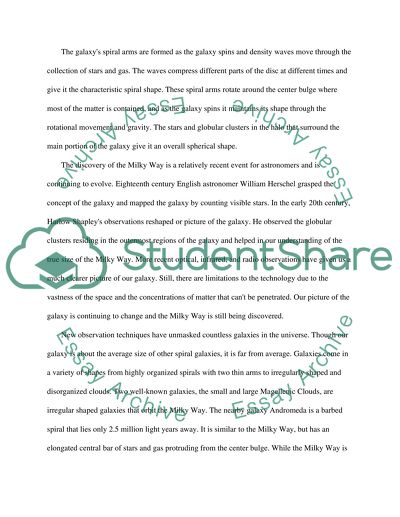The Milky Way Galaxy Essay Example | Topics and Well Written Essays - 500 words. Retrieved from https://studentshare.org/miscellaneous/1509063-the-milky-way-galaxy
The Milky Way Galaxy Essay Example | Topics and Well Written Essays - 500 Words. https://studentshare.org/miscellaneous/1509063-the-milky-way-galaxy.


